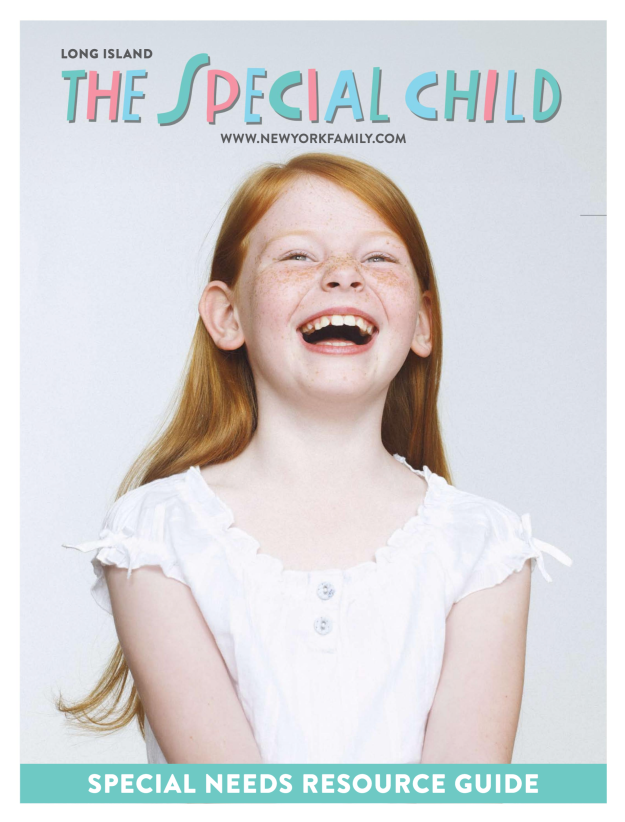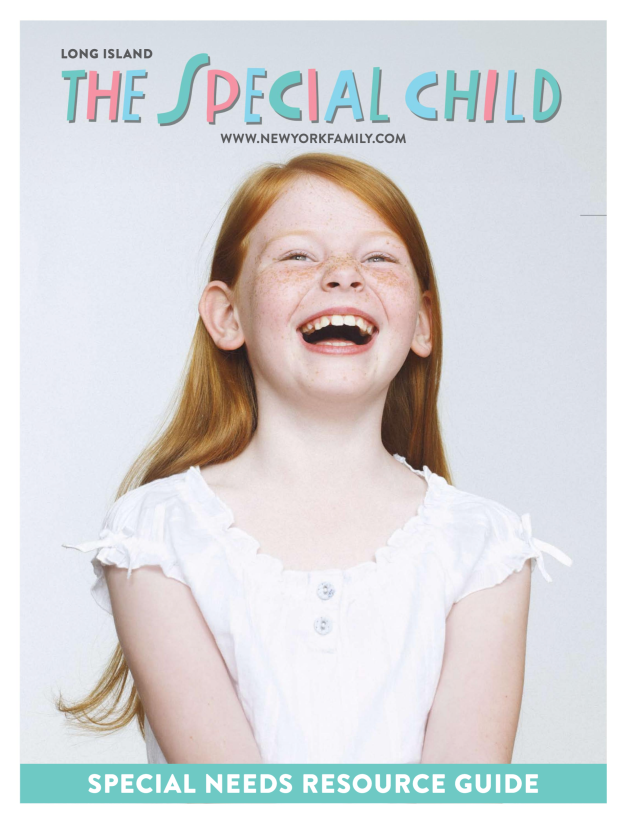Are you considering returning to work but need advice on how to pick the right day care for baby? Have you ever wondered what really happens in a day-care center after you drop off your child, or what you could do to create a better relationship with the people who care for him?
In their book, “Dear Daycare Parent,” authors Jackie Rioux and Jo-Ann Parylak combine their firsthand experiences as day-care staff with additional research about this country’s day-care system to provide valuable tips on how parents can reap the most benefits from day care for themselves and their children.
The day-care system is growing exponentially: there were 740,000 childcare facilities operating in the United States in 2007, which is four times the number that existed 20 years earlier. Authors Rioux and Parylak maintain that pre-kindergarten childcare has many positive effects on children: “Children who attend high-quality preschool enter kindergarten with better pre-reading skills, richer vocabularies, and stronger basic math skills than those who do not.”
Yet, with all of this convincing information about the benefits of quality pre-K at our disposal, our country’s day-care industry has an uneven quality and poorly managed centers can negatively impact kids, their parents, and their employers. According to the authors, inadequate day care affects our economy; $3 billion is lost annually, because of “employee absences due to lack of child care.”
Running a day-care center is a costly endeavor with only 46 percent of services provided in their own buildings. Child-care facilities held in churches and other places of worship account for the other 20 percent of buildings where day-care programs are run.
“Dear Daycare Parent” reads like a numbered list of things parents should be aware of when choosing a day care and collaborating with its teachers. The book has amusing illustrations as well as a recommended reading list of children’s and parenting books. Don’t let the cute pictures fool you, though. These two authors, who have both worked in early childhood education programs for more than 20 years, give invaluable advice for any parent who is about to embark on the journey of enrolling her child in a day-care program.
The book’s pervasive theme is for parents to keep the communication open between themselves and all the people at the center who are looking after their child. Before starting the program, parents are encouraged to visit with their child to take a look around, learn the caregivers’ names, and let them know anything important about you or your child that will make their day run easier.
For example, if the center needs to administer medication to a child, bring it in a Ziploc bag with your child’s name and instructions on it. If your child has an allergy, the authors suggest bringing in a picture of your child with his name and a list of his allergies under it, and post it in an area of the center where all of the day-care workers will be able to view it.
If there is separation anxiety initially, the authors suggest the child bring in a blanket or stuffed animal from home to ease the transition. If the child cries when the parent drops him off in the morning, do not linger. Say something positive to your child and leave. If the center provides an enriching curriculum for its students, the child will eventually stop crying at morning drop-off.
It is important for parents to create a calm and reassuring routine every morning when they arrive at the center for drop-off. Likewise, when they come to pick their child up later in the day, the parent should not dawdle. They should tell their child to clean up their toys and assertively take their child by the hand and lead them out of the center.
If your child is having problems sleeping at home, let the teachers know, so at nap time, they can observe your child and his behavior. Sometimes children will mention something to a day-care worker, such as the child overheard something scary being said at home, so then the teacher can advise the parent of the possible cause of the sleeping problem.
Since toddlers do not have advanced communication skills, they will not give parents a detailed description about their day. Some parents would like to know what their child does on a daily basis. In this case, the authors suggest putting a notebook in the child’s backpack where the teachers can write what happened at the school each day and how their child behaved.
Any change going on in the home environment should be reported to the day-care center immediately. If parents are separating or there are parents who are legally not allowed to see their child, the day-care center should be aware of this. All too often, these children’s grandparents will be standing outside the center photographing their grandchild, so the parents are still able to see how their child is doing.
If you want to introduce new foods to your child (to see if she has an allergic reaction to anything), let the teachers know, so they will only feed your child the food you provide for her. It is easiest for the day-care center workers if parents cut up the child’s foods at home, and if anything needs to be heated, place it in a microwavable container.
To avoid any confusion about the children’s belongings, it is important to label everything your child brings into the center, which includes clothing and food containers. Since children at this age have not socially progressed to sharing their belongings, the authors recommend that children do not bring their toys to a child-care center. Instead, they recommend bringing in books and CDs which an entire group of children can enjoy.
Many child-care centers are on a tight budget, so if parents want to help out, the authors advise donating adult clothing because children love to play dress-up. Parents can also give the day-care center planting soil, pots, and seeds. Toddlers enjoy putting their hands into soil, planting seeds, watering them, and watching them grow, which provides the additional benefit of being an educational experience.
Day-care centers focus on the importance of toddlers playing with materials like clay for the development of their fine motor skills. Don’t bring your child to day care in expensive clothing, because they will get stained in the course of an action-packed day. Instead, dress them in comfortable play clothes. If your child is learning to use the bathroom, make sure he is dressed in sweatpants, rather than pants with buttons, snaps, or zippers, to make it easy for him to use the bathroom.
The authors share their experience working in child-care centers, and those stories offer parents a valuable opportunity to understand the caregivers’ point of view. Accounts of parents’ indiscretions range from the believable to the laughingly implausible. Sometimes parents take these teachers’ services for granted and do not follow the day-care center’s rules.
If the day-care facility has a sign-in policy, parents should sign-in their children every morning (especially since the authors say these sign-in sheets have been used in court cases). It is equally important to telephone the facility and let them know if your child will not be at school that day.
Usually, most centers have bulletin boards with important information concerning the rules of the center as well as upcoming events. If you or your child misplace a message placed in his cubbyhole, the day-care center will usually have the information posted on the bulletin board. If it’s a day to dress-up as a pirate at the center, and your child is dressed in his typical landlubber attire, he could feel left out.
Of course, parents bring sick children to day care, because they don’t have a back-up plan if their child becomes sick. If the child is running a fever or gets sick at school, the parent typically has at least one hour to come and pick up their sick child.
Most importantly, do not yell at a day-care staff member in front of the children. If you need to speak to the teacher, find a mutually agreed upon time and place to talk.
If you are impressed with how much your child is learning at the center, let the director know, and if possible, give one of the teachers a recommendation. Since day-care workers put in long hours and are usually underpaid, they would appreciate receiving positive feedback about their job performance.
To join the online community of parents using day-care services, visit the book’s website, www.deardaycareparent.com.
Allison Plitt lives in Queens with her daughter and is a frequent contributor to this magazine.


















